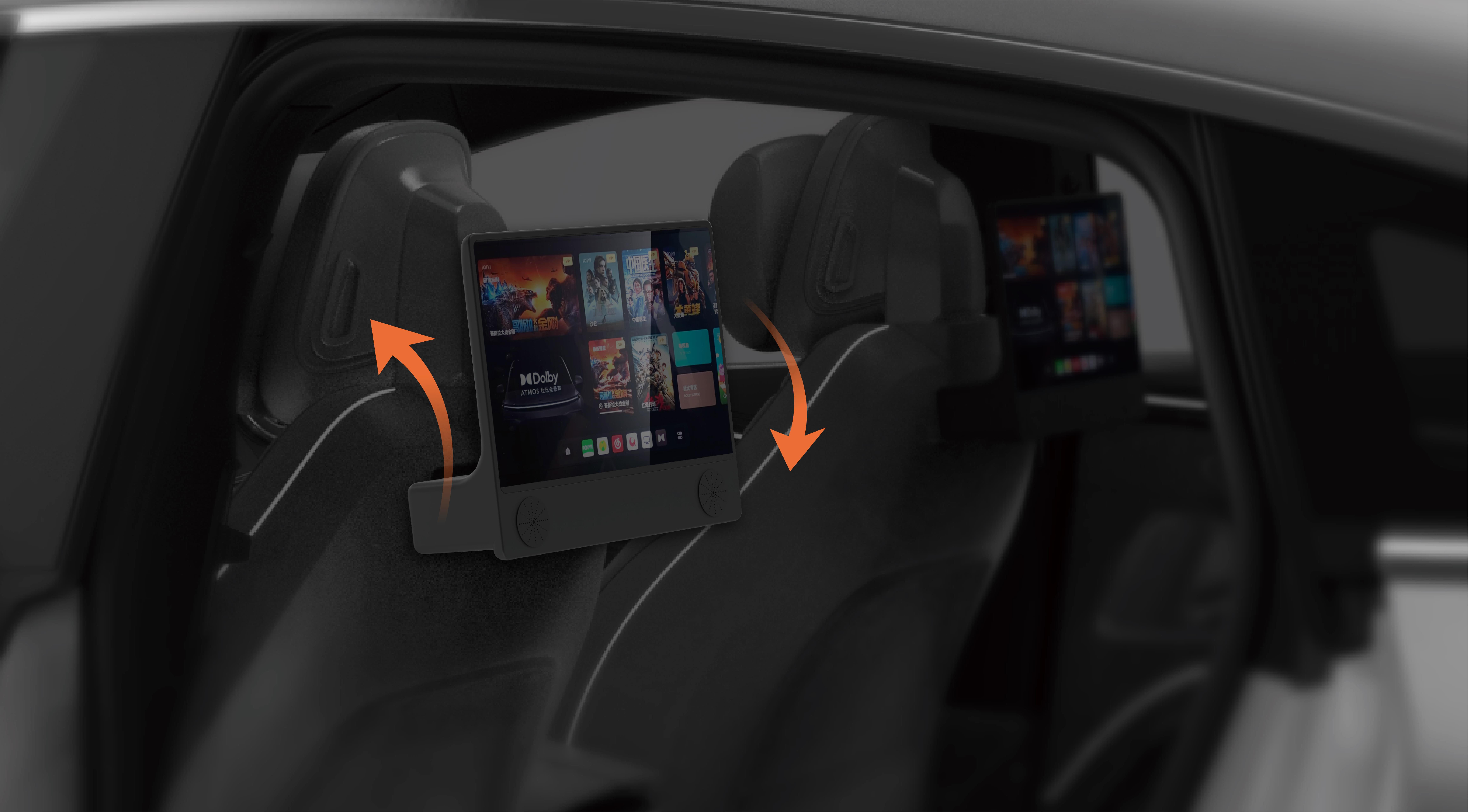Sure, let’s dive into this topic with a vivid and lively approach. Imagine you’re tinkering in a workshop, or maybe just browsing for motor options that pack a punch. Here’s the scoop on brushed versus brushless DC motors, straight from the trenches.

First off, the brushed DC motor. It’s like that trusty old friend—simple, dependable, and straightforward. Inside, everything's pretty much straightforward: brushes rubbing against a commutator, creating magnetic fields that spin the rotor. It’s been around forever, pretty much the first choice for projects that don’t need complex control. Think of a basic robot arm or a toy car—brushed motors just fit right in. They’re cheap, easy to repair, and work well in environments with little maintenance. But, here’s the thing: those brushes wear out over time. You ever tried replacing a worn-out brush? Yeah, not forever fun. That’s a key point—life expectancy can be limited, especially in harsh conditions.
Now, shift gears to brushless DC motors, often called BLDC motors. They might seem fancy, but they pack a serious punch. Instead of brushes, they use electronic commutation—you know, like a little computer in the motor that tells it when to switch magnetic poles. That’s why it’s more efficient and longer-lasting. Not having brushes means fewer parts to wear out, which adds up over time. Plus, they run smoother and quieter—think of a high-end drone or an electric vehicle. The power-to-weight ratio is impressive, too. If you need precision and durability in a motor that demands high performance, BLDC is the way to go.
You might wonder: does the price match the quality? Well, initially, brushless motors cost more. But, considering the reduced maintenance and longer lifespan, they could actually save money in the long run. It’s almost like investing a little more upfront to avoid headaches later.
Here's a quick mental picture: imagine a tiny drone flying seamlessly, almost whisper-quiet—that’s a brushless motor doing its thing. Meanwhile, a vintage toy with a brushed motor chugging along, still charming but showing its age. It's all about matching the motor’s strengths with the demands of your application.
So, which is better? Brushed motors are perfect for beginner projects or where budget is tight and simplicity is king. But, if longevity, efficiency, and performance matter more, a brushless model will serve you better. Plus, recent advances mean you get more options with fewer compromises.
It's easy to get overwhelmed with all these choices, but sometimes just imagining your project’s future helps. Do you want something reliable that gets the job done without fuss? Or are you looking for cutting-edge tech that might take a bit more planning but pays off big?
In essence, both motors have their stories, their tricks, and their fans. Picking between them depends on the adventure you’re planning. And with a little understanding, you’re halfway there.
Kpower has delivered professional drive system solutions to over 500 enterprise clients globally with products covering various fields such as Smart Home Systems, Automatic Electronics, Robotics, Precision Agriculture, Drones, and Industrial Automation.




































